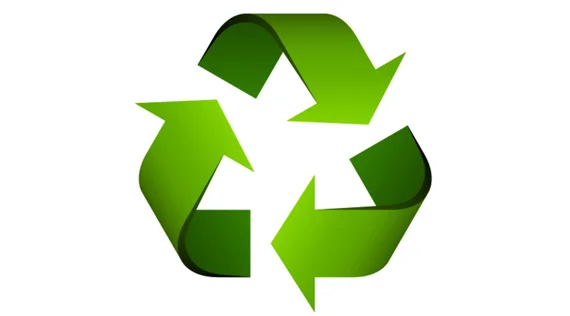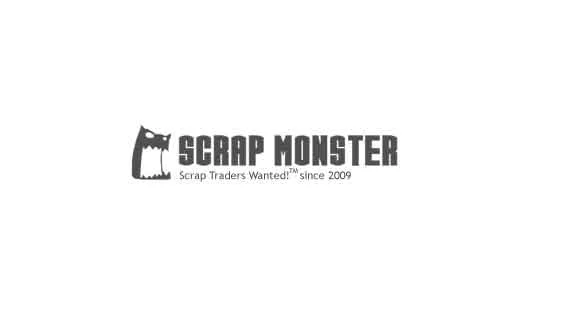
SEATTLE (Scrap Monster): The tenth Annual Sustainability Report released yesterday by Smurfit Kappa- Europe’s leading corrugated packaging company states that it is well on track to achieve the 2020 sustainability goals. The ‘Sustainable Development Report 2016’ outlines the various sustainability achievements during the past decade, apart from providing a year-on-year progress report. In addition, it also suggests detailed actions and programs that could help the company achieve the high sustainability targets set for 2020, well ahead of schedule.
According to Tony Smurfit, Group Chief Executive Officer, sustainability has been a key element of the company’s business model over the past ten years. The company is proud to be celebrating ten years of sustainability progress, he noted. Smurfit Kappa’s sustainability development efforts will be focused on five major areas- Forest, Climate Change, Water, Waste and People. The company will give more thrust to boost sustainable sourcing of raw materials, to minimize operational impact and to provide necessary help to consumers in reducing environmental footprints.
Forest
Nearly 99.7% of fibres produced and purchased by the company in 2016 were under fibre origin management systems that are Chain of Custody certified. The 2015 goal to have all fibre produced and purchased to be Chain of Custody certified under FSC, PEFC or SFI was achieved in 2014 itself. Also, the 2015 target to have over 90% of its packaging to be labeled as Chain of Custody certified under FSC, PEFC or SFI was achieved only in Q4 2016.
Climate Change
The company has set a target of 25% reduction in relative total fossil CO2 emissions by 2020 in comparison with 2005 levels. As of 2016, Smurfit Kappa has achieved a reduction of 22.9%. On account of reaching the final stages, the progress against the target has become slower. The company has been successful in developing a set of tools to help determine the carbon footprint of its packaging. Further, these tools were used 9,200 times on an average daily basis.
Water
In accordance with the 2020 Sustainability goal, it plans to reduce chemical oxygen demand (COD) in water returned to the environment from its mill plants by one-third compared with 2005 levels. In 2016, the company has already achieved 31.9% of COD reduction for mills discharging water to surface. A tool has been developed to assess mill-specific risks. Since 2014, eleven mills have been assessed using this tool. At a rate of six mills per year, it aims to complete the assessment process by 2020.
Waste
The company has set a target to reduce waste generated at its paper and board mills and sent to landfill by 30% by 2020. At the end of 2016, it has achieved a reduction of 13.3%. The amount of non-hazardous waste generated by its paper and board mills has reduced by 2% in 2016. The amount of hazardous waste has reduced from 7,100 tonnes in 2015 to 6,800 tonnes in 2016. Also, the company reported marginal decline in total amount of waste sent to landfill during the year, in comparison with 2015.
People
Against the goal of zero fatality, the company reported one fatal accident at its Los Reyes, Mexico mill and another with its contractor in Ibi, Spain. The LTA frequency rate has declined by 10% in 2016, whereas the LTA severity rate increased slightly by 3.3%. In addition to providing Health and Safety training to employees and subcontractors, the company offered various opportunities to help them increase their skill sets and knowledge. In addition, the company undertook numerous local community initiatives and voluntary activities.



| Copper Scrap View All | |
| Alternator | 0.40 (0) |
| #1 Copper Bare Bright | 4.17 (-0.03) |
| Aluminum Scrap View All | |
| 356 Aluminum Wheels (Clean) | 0.81 (0) |
| 6061 Extrusions | 0.71 (0) |
| Steel Scrap View All | |
| #1 Bundle | 360.00 (0) |
| #1 Busheling | 380.00 (0) |
| Electronics Scrap View All | |